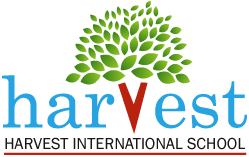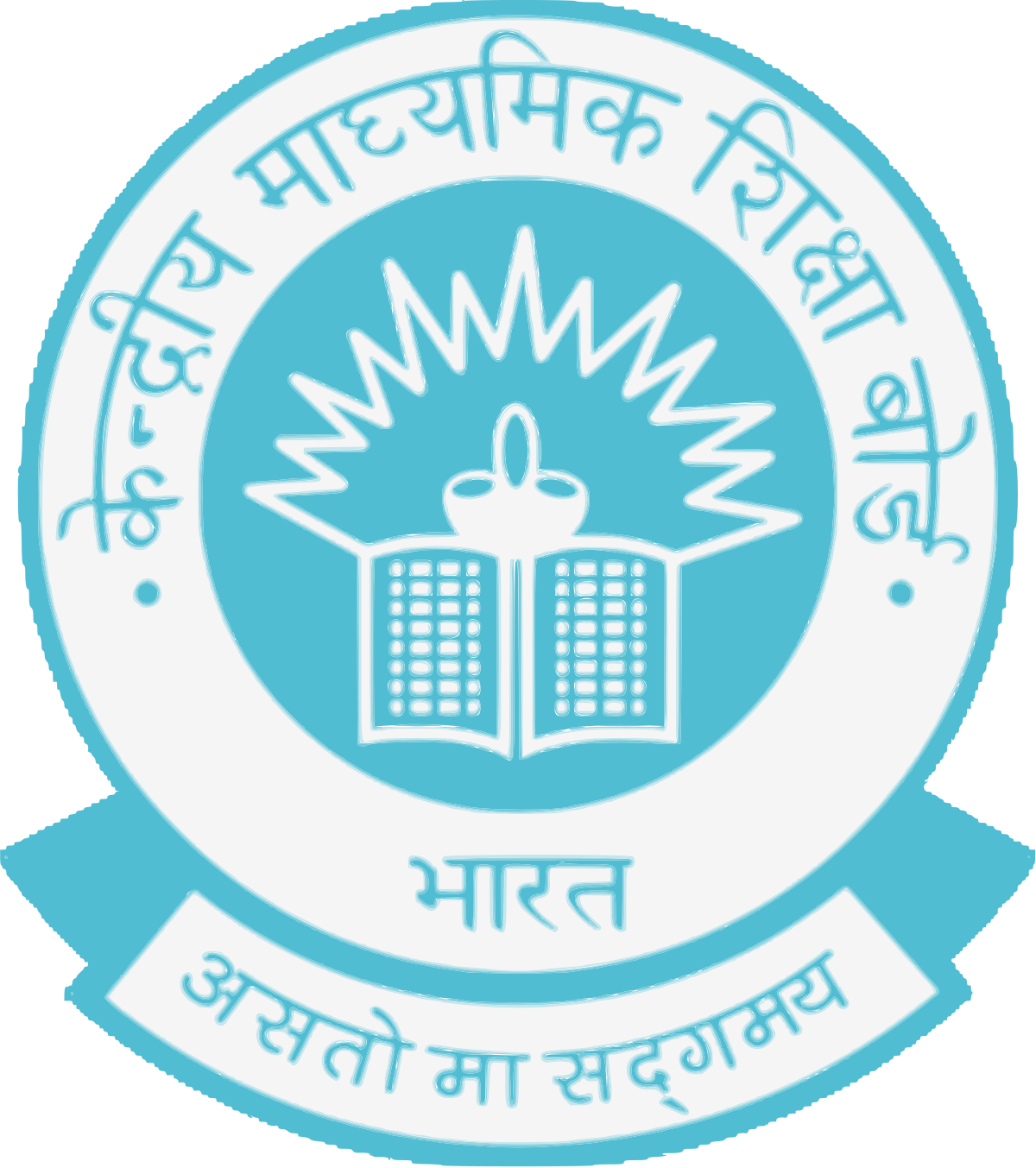You’ve never been more capable of teaching yourself anything than you are now.
Learning new talents is as simple as going to Google, doing some research, practising the appropriate method, and pushing yourself over the plateaus. Despite this great availability to information, few people take full advantage of their self-directed learning opportunities.
We’ve bought into the fallacy that you need to be educated in order to understand anything when you’re perfectly capable of educating yourself. It is no longer required to have a college diploma to be qualified to perform something, and while large, established organisations have yet to recognise this, it is common knowledge among smaller, more forward-thinking entrepreneurs. There’s no reason you can’t do the same. Plenty of successful people today got where they are today by teaching themselves the skills.
I’ve honed in on a method for self-education in any subject. There’s no reason you can’t go from novice to expert in any skill or topic without the help of a college if you follow this procedure. It all starts with reconsidering how we learn in the first place.
How we learn?
The paradigm of learning you operate in throughout high school, college, and most kinds of higher education educates you to stop figuring things out for yourself and expect information to be provided to you.
Your grades determine how well you “do” in school. Your marks are determined by your test results, papers, and projects, all of which are based on how successfully you apply the material you were given. You’ve been trained for at least twelve years to regurgitate and apply information that has been pre-packaged for you, but you’ve never been trained to find that information on your own.
There are no classes in which the professor walks in and says, “Figure out how to develop a website by tomorrow,” and then walks out. It’s more likely that you’ll be given one way to design a website (most likely with some dreadful application like Dreamweaver) and then asked to follow the instructions.
However, in the actual world, learning does not operate like way. If you want to accomplish anything remotely self-sufficient (entrepreneurship, creative work, freelancing, writing, lifestyle enterprises, etc.), you’ll need to be able to figure things out on your own.
If this seems like “guess and check,” the process that you were undoubtedly informed was “bad” at some point by a teacher, that’s because it is. And it’s a lot better than expecting to know the answer to your difficulties ahead of time.
There is no curriculum, playbook, textbook, or lecturer to guide you through the processes when you teach yourself something. You go from one task to the next, gradually improving your guessing and checking skills. You don’t need a formal education in a subject to experiment, challenge your abilities, and respond to feedback; all you need is the ability to explore, push your abilities, and respond to feedback.
However, after years of having information spoon-fed to you, beginning to study in this manner may be scary. You must first develop (or improve) your ability to self-teach. And using a technique there is the method called the “Sandbox Method” is the simplest way to get into that habit.
The Self-Education Sandbox Method
The sandbox technique is a self-educational procedure based on the most recent scientific studies on how we learn and absorb information. It acknowledges that we no longer need to memorise facts, formulas, or other details. Rather, we must build an intuitive grasp of our skills, expose ourselves to a wide range of information about the skill, and consistently strive to improve.
It can be done alone, with a mentor, in school, at work, at any time. It’s a four-step cycle approach for continuous learning and progress.
Step 1: construct your sandbox.
You must first build an atmosphere in which to practice what you want to learn before completing any research on how to do it, or how to do it better. You’ll spend most of your time practicing and experimenting rather than studying, so you’ll need a technique to quickly test your abilities and improvise.
This is your “sandbox,” a place where you can freely experiment with the skill, you’re learning without feeling obligated to take it seriously. You may explore, experiment, and fail in the sandbox without risking your entire future, savings, or reputation. It’s the ideal setting for quick learning.
The following should be included in this sandbox:
- Low-cost or no-cost: so, you can get started right away.
- Low-stakes: you won’t be frightened to fail or reveal your work because the stakes are low.
As a result, you’ll need to make your work public in some way.
Here are several examples:
- Programming: GitHub, Heroku, and Stack Exchange account for collaborating on projects and seeking assistance.
- Writing: A WordPress, Medium, or Square Space-hosted personal blog.
- Your camera and Instagram account, if you like photography.
- Design: You’ll need a sketchbook and a Dribble account to showcase your work.
- Marketing: Create a WordPress-hosted blog or information site that you can try to grow.
This sandbox must be in place before you begin learning whatever it is you want to learn. You’ll learn considerably slower and have a harder time gaining feedback if you don’t have an easy means to practise whatever you’re trying to learn and to put your work out in the public as you go.
Putting your work out there when you’re a beginner can be intimidating, but it will help you get more comfortable with letting others see your creative endeavours before they’re perfected and before you’ve mastered them. School teaches kids to be fearful of being assessed on their work all the time, but if you can overcome that fear and start sharing what you’re working on with the community surrounding your talent, you’ll improve much faster and make valuable connections.
You can begin investigating and learning more about your goal skill after your sandbox is set up.
Step 2: Do some research
You’ll need to perform some study to keep increasing the boundaries of your sandbox, or the range of skills you can practice and use. You can learn anything online; all you have to do is figure out what’s worth reading, watching, or listening to.
Recipes are the greatest type of material to look for at first. Clear examples of how to use the skill that you can try out right now in your sandbox. You’ll never fully learn something if you don’t put it into practice (on your own, not merely within the boundaries of an education platform like Codecademy).
So, as you’re practicing the skill, look over resources that will help you understand it better and provide you with new recipes to try.
Step 3: Put it into Practice
How you practice what you’re learning in your sandbox will be just as crucial as what you choose to do. The improper practise methods might squander hours, days, or even years of your time, but the appropriate practice methods can get you to competency in a matter of months.
In his book Peak, Anders Ericsson used the term “naive practice” to describe the unproductive activity that most people engage in. Most people deceive themselves into believing they are practicing when, in fact, they are not learning anything.
Here are some examples of naive behavior:
Taking part in a competitive game such as Going out with a friend in a relaxed manner.
Playing tunes that you are already familiar with.
Finding a recipe, baking a pie, and then continuing to make the same type of pie in the future.
The problem is that you aren’t challenging yourself in this type of “practice.” You’ll likely progress very little, if at all, if you just go through the motions of the naive practice, so you’ll need to combine the aspects of purposeful and deliberate practice to ensure that you’re genuinely learning while you’re practicing.
To practice meaningfully in your sandbox, you must:
- Examine your limitations honestly to determine where you need to improve.
- To inspire yourself to stretch beyond your comfort zone, choose a goal that is just beyond your current capability.
- Concentrate on your practice.
- Obtain feedback in every way you can and use it in your practice.
- Receiving input will be the final step in our self-education process.
Step 4: Feedback
The last (and most important) step in the self-education process is to collect feedback as you practice carefully in your sandbox, continuing to perform research to fill in the gaps in your knowledge.
It’s difficult to know if your form is good or not when you’re attempting to improve your weightlifting without a coach to offer you feedback. It’s difficult to determine whether you’re pronouncing words correctly when learning a language without someone to correct you. You can learn a lot on your own, but you’ll eventually become stuck if you don’t have a coach, mentor, or tool to provide feedback. Worse, you may continue to ingrain poor technique, making it more difficult to unlearn later.
You can locate online tools that provide feedback for some talents. Sites like Codecademy will inform you what went wrong, and quizzes on more education-focused sites like Coursera will assess your comprehension as you go.
There are also online communities that have effective feedback systems in place. There are free community feedback platforms for coding, such as Reddit’s /r/learnprogramming. There are even more strictly enforced feedback-sharing services, such as Lang-8, where you give feedback to people learning your language in exchange for input from people learning your language.
A coach, tutor, or mentor who already knows how to perform what you’re attempting to learn is always the finest sort of feedback. They’ll be able to give you the most specific feedback, and if they’re good, they’ll be able to predict plateaus and give you suggestions on how to design your learning program to avoid them.
If you don’t have anybody in your immediate vicinity who can coach you, look for someone online. Hire an editor on Upwork to give you criticism if you want to improve your writing. Find an online service that focuses on increasing your weightlifting talents if you wish to get in shape. Find someone on iTalk with whom you may have chats if you wish to learn a new language.
You might also approach someone you admire and seek little pieces of guidance. They won’t be able to provide as much hands-on training, but they can still be extremely beneficial.
Another alternative is to use feedback that is less direct. The market may be a good feedback loop because if you produce art, writing, photography, and music on a regular basis, you can get a sense of what people enjoy and don’t like depending on how they react. However, this approach should be used with caution. Sometimes you’ll be swayed by popular appeal rather than your best effort. Fifty Shades of Grey is one of the all-time best-selling novels… However, it isn’t really a literary work on which to base your writing.
Conclusion:
Whether you’re a student or have already begun working, self-learning is an important talent that you may develop over time. This form of learning allows you to be more flexible, make your own decisions, and learn at your own pace without having to worry about missing class. To achieve your self-learning objectives, you’ll need commitment, perseverance, and ambition.





